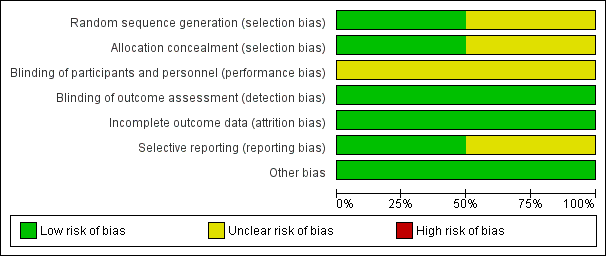Contenido relacionado
Revisiones y protocolos relacionados
Qi Wang, Jing Wu, Yanfang Ma, Ying Zhu, Xiaoyang Song, Shitong Xie, Fuxiang Liang, Madelaine Gimzewska, Meixuan Li, Liang Yao | 11 enero 2023
Sharath Chandra Vikram Paravastu, Rubaraj Jayarajasingam, Rachel Cottam, Simon J Palfreyman, Jonathan A Michaels, Steven M Thomas | 23 enero 2014
Laura Capoccia, Vicente Riambau | 16 abril 2015
Stephen Badger, Rachel Forster, Paul H Blair, Peter Ellis, Frank Kee, Denis W Harkin | 26 mayo 2017
Candida Fenton, Audrey R Tan, Ukachukwu Okoroafor Abaraogu, James E McCaslin | 8 julio 2021
Fan Mei, Kaiyan Hu, Bing Zhao, Qianqian Gao, Fei Chen, Li Zhao, Mei Wu, Liyuan Feng, Zhe Wang, Jinwei Yang, Weiyi Zhang, Bin Ma | 21 junio 2021
Lindsay Robertson, Sandip Nandhra | 4 mayo 2017
Dhiraj Joshi, Yuri Gupta, Bhaskar Ganai, Chloe Mortensen | 23 diciembre 2019
Sherif Sultan, Jamie Concannon, Dave Veerasingam, Wael Tawfick, Peter McHugh, Fionnuala Jordan, Niamh Hynes | 1 abril 2022
James MN Duffy, Rachel Rolph, Matthew Waltham | 24 septiembre 2015










